By now readers will know about President Donald Trump’s travel ban and its follow-up. This executive order barred refugees from entering the country for three months and kept out immigrants for 120 days from the following seven countries: Syria, Somalia, Iran, Iraq, Libya, Sudan and Yemen. For more on the mechanics, see CNN’s coverage here.
Within hours protestors flooded airports around the country to oppose the President’s order and claim solidarity with the hundreds of detained or stranded travelers, and they raised legitimate concerns. Apparently issued without input from any White House lawyers or the Justice Department, this policy raised numerous humanitarian, legal and civil liberties issues and came under almost immediate scrutiny.
On top of that, given the United States’ already extensive vetting process to enter the country few people have found real security benefits to this tighter set of entry restrictions. In exchange for these at-best marginal security gains, the U.S. has found itself facing such intense global blowback that foreign tourism has begun to suffer.
All true, but the travel ban isn’t what protestors should worry about. No, they should worry about the order that Trump issues a year from now.
It will probably be bigger. Here’s why.
Trump’s ban was an extension of his campaign promise to institute “extreme vetting” and keep Muslims from entering the country, an anti-terrorism policy virtually guaranteed to increase the risk of terror attacks both at home and abroad. (While the administration insists that it didn’t intend to target Muslims, Trump associate Rudy Giuliani has confirmed otherwise.)
[T]heir real concern should be the order that Trump issues a year from now. Because it will be much bigger.
Instituted quickly, with little professional input, the ban cherry picked targets off of a watch list assembled by the Obama administration. Much of the criticism noted that none of the seven named countries have sourced a single terror attack in the United States, leading Trump Spokeswoman Kellyanne Conway to fabricate the Bowling Green Massacre as a justification. Compounding the concerns of Islamaphobia the administration also exempted Christians by labeling them a subgroup subject to persecution.
Security officials almost immediately tested the limits of their new authority. ACLU lawyer Hina Shamsi wrote about being held for hours while the TSA questioned her work as a civil rights attorney. Sidd Bikkannavar, a citizen and NASA scientist, was reportedly detained until he turned over the login details for his handheld device. (A practice that may soon become commonplace.)
What all of this means is that the ban implemented little strategic thought or legal detail, and every security expert I’ve interviewed has agreed that it would do nothing to make America safer. So what was the real point?
Publicity.
This was about branding, not national security. It was PR stunt to make the new Trump administration appear strong and on top of its campaign promises at a time when the political coverage has been relentlessly bad.
How can we know? For starters, no other motive explains the administration’s actions.
It’s difficult to accept security as a motive given that the countries on Trump’s list pose very little domestic threat to the United States, and certainly no more so than many of the countries left off. They do, however, share huge name recognition. Iraq, Syria, Iran and Somalia are part of America’s rogue’s gallery, countries that virtually anyone can recognize as “bad.” This makes them weak targets for a security measure, but ideal content for a flood of press releases.
Which was the point. Trump’s order was an administration flexing some muscles for the base with targets straight out of central casting. On its own, that’s not unusual. Every administration postures and poses and pushes a favorable public image, but this was done with little thought for the human and political consequences.
[T]he countries on Trump’s list pose very little domestic threat… They do, however, share huge name recognition. Iraq, Syria, Iran and Somalia are part of America’s rogue’s gallery, countries that virtually anyone can recognize as “bad.”
Then there’s follow up.
Despite the claims, and often appearance, of racism, the administration hasn’t actually shown much interest in having this ban do anything at all. Whether a security measure or an act of Islamaphobia, if the Trump team was interested in substantive implementation they would have fought for it over the months it takes to make something like this happen.
Instead, like all good PR blitzes, the Trump administration moved on quickly. How many Twitter cycles has Trump launched since signing the original order? How many stories have Sean Spicer and Kelly Anne Conway pushed on to since?
How long did the administration spend discussing its second executive order?
An administration determined to fight for its policy as a preventative security measure would have made its public and legal case, but there is no Supreme Court challenge. Instead of fighting in the editorial pages and the courtrooms, Trump tweeted to blame judges for any future terror attack then moved on.
This policy was about public branding. It allowed the administration to make headlines on a campaign promise and to hand off responsibility in case something bad happens down the line. This is how administrations treat political cycles, not substantive policies, and what protestors should really worry about is the golden rule of public relations: every PR stunt needs to be bigger than the last.
Branding is what Trump does. He built a billion dollar company on licensing his reputation, and he has proven that his instincts translate extremely well to politics.
Showmen need to refresh their routine constantly though. Every PR stunt loses its punch over time, which is why marketing firms compete to outdo each other in pomp, shock value and spectacle. Take the Las Vegas strip, lined with casinos each of which have to be different, bigger and gaudier.
Showmen need to refresh their publicity constantly. Every PR stunt loses its punch over time.
Or take the annual Super Bowl halftime show. Every year it gets bolder as companies compete for attention in a marketplace where yesterday’s “wow” is today’s now. Movie sequels each need to one-up the last (consider the “too-many villains” syndrome), and Trump kept moving on to new nicknames.
Our new President is well aware that good branding can sell even a bankrupt company, but he also knows that you can’t pull the same gimmick twice. No, when you lean on PR stunts each one has to outshine the last, and that’s what protestors should really focus on.
This new administration has faced a battery of scandals since taking office, arguably more in four weeks than the Obama administration faced in eight years, and a President who has gone golfing more than once per week since taking office seems worryingly disengaged. It raises concerns for political failures to come, with an early stumble on health care and institutional weaknesses that seem likely to impact policymaking down the line.
Given the scope of Trump’s campaign promises, those highly public failures seem likely. The administration will need to change the narrative but, without substantive accomplishments to use, branding and advertising stunts will have to do. And the nasty thing about a PR stunts is that they don’t work twice.
They have to keep getting bigger.
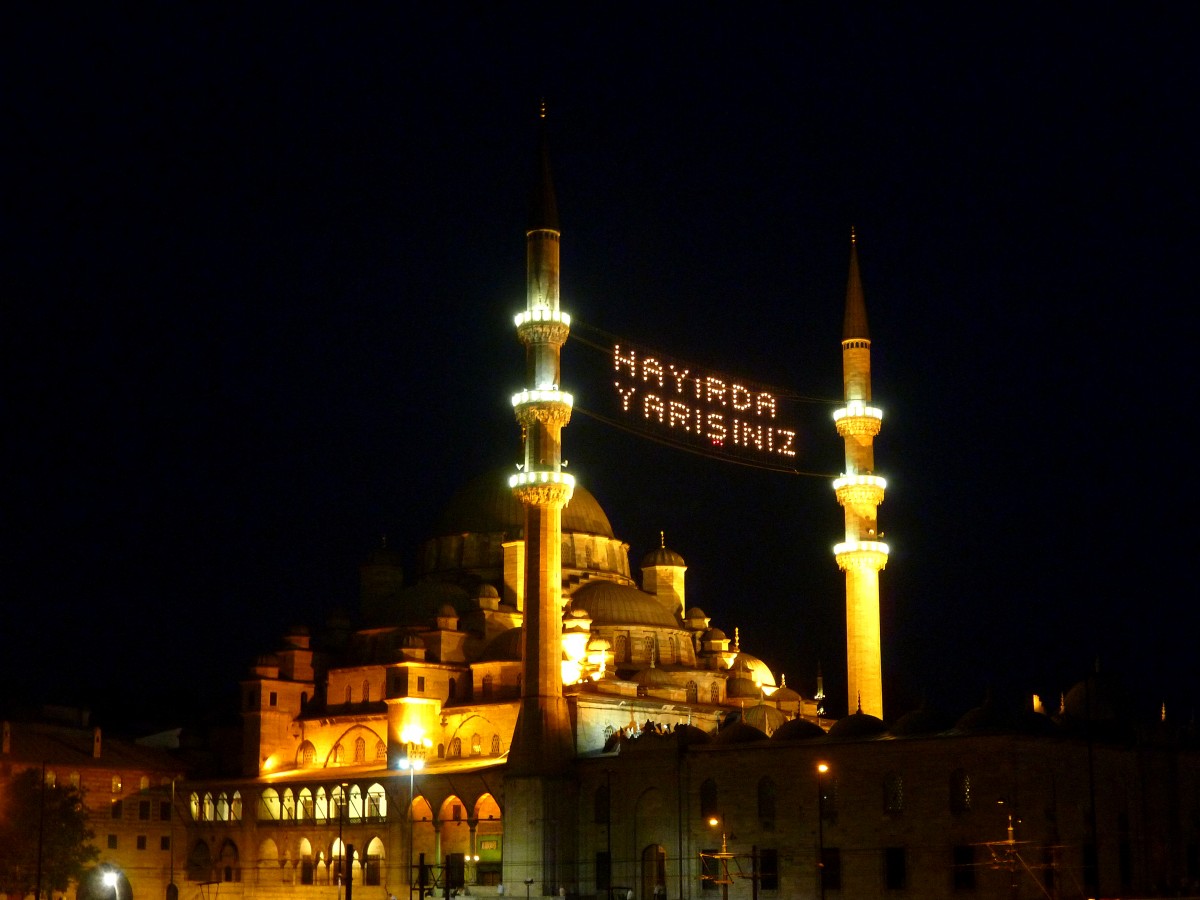
No longer welcome…
For Trump protestors, “what comes next” should raise serious concerns.
For all of that, though, I think it’s most appropriate to give the last word here to Asma Afzali, an Afghani immigrant to the United States. Afzali is confident that Trump’s election doesn’t represent a shift toward bigotry in America. In her words, the country still can tell the difference between safety and intolerance.
“Most of the refuges from Afghanistan are on a specialty visa, when they’re coming they have a green card,” she said. “Since they’re working they are doing the good jobs, not bad things. They are going to school, working, paying their taxes. That’s why we’re not worried about it. We are not doing bad things.”
Our neighbors, she said, know that.
“The country that I came from, it was not a very safe country. At least I am relaxed here. I can go for a walk, I can go to school.”
“I feel very comfortable here.”
- Write More Listicles - August 12, 2021
- Find The Hard Interview - July 28, 2021
- Using Your Voice - August 22, 2018

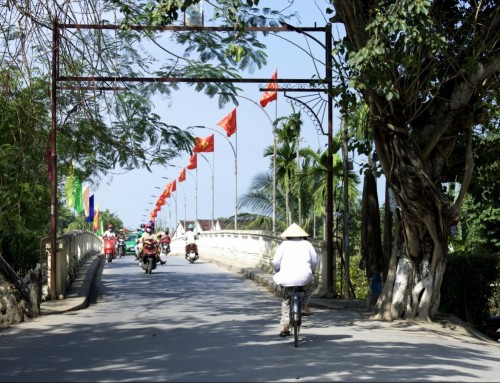
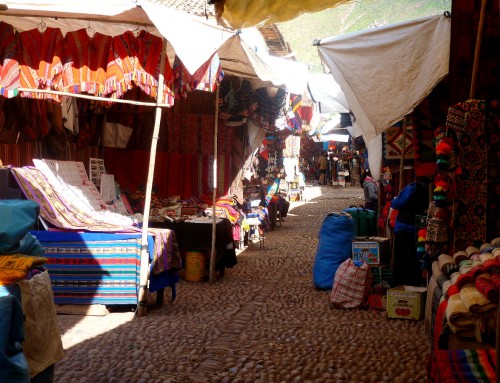
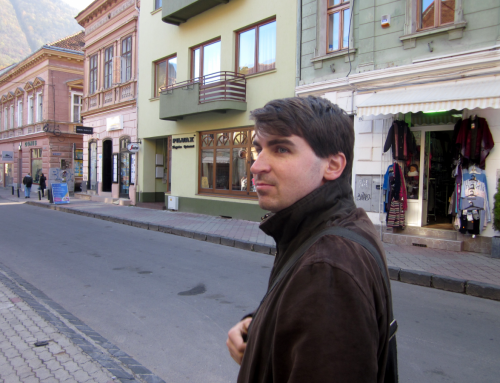
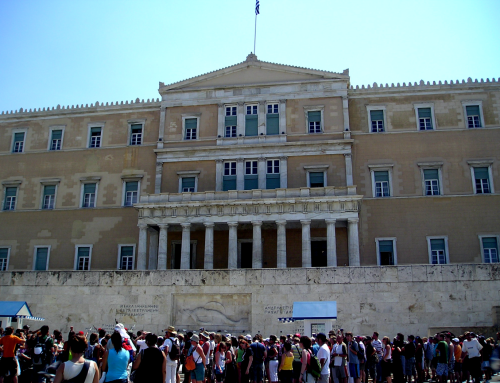
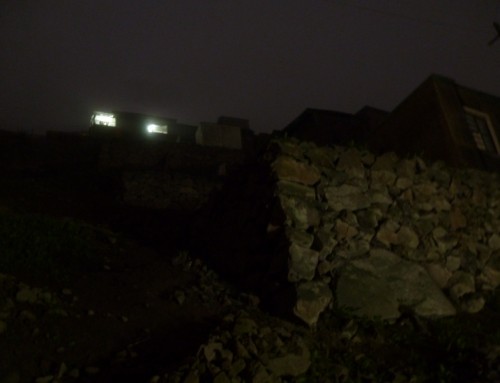
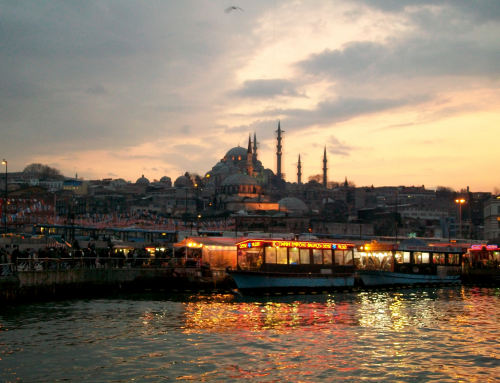
Leave A Comment